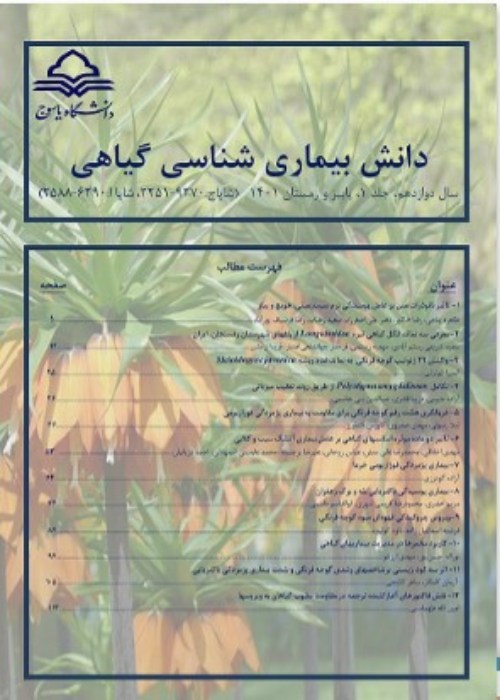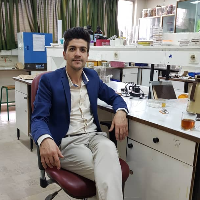Optimal method for production of mycelia biomass of Ganoderma lucidum in sugarcane molasses
Ganoderma lucidum, medicinal mushroom, is one of the most effective traditional medicine in East Asia. The mycelium, the spore and the basidiocarp contain about 400 different bioactive compounds with polysaccharides, peptidoglycans and triterpenes as active ingredient groups of medical value. Underwater cultivation is one of the most reliable technologies to produce the industrial biomass of this mushroom, which contains anti-tumor and anti-cancer polysaccharides. Regarding the growth of fungal mycelium, it is related to various environmental factors such as pH, temperature and available nutrients. The aim of this study was to determine the influence of pH, temperature and different concentrations of the carbon and nitrogen sources on the growth rate of fungal biomass in sugar cane molasses.
The first part of the study dealt with the morpHological and molecular identification of an Iranian isolate from G. lucidum. Then the effects of carbon sources of arabinose, maltose, cellulose and xylose at concentrations of 0.1, 0.2 and 0.3%, and nitrogen sources of yeast extract, MgSo4.7H2O, peptone and K2Hpo4 at concentrations of 0.2, 0.3 and 0.4%, pH 4, 4.5, 5 and 5.5, and a temperature of 25° C, 28° C, 32 ° C and the number of 2, 3, and 4 inoculum particles of 5 mm2 for the production of mycelium biomass of G. lucidum, in sugarcane molasses was studied, in completely randomized design experiments with four replicates for each treatment in vitro.
A comparison of the mean dry weight mycelium of G. lucidum produced with different treatments showed the significant differences between the treatments with a probability of 5%. The highest yield of G. lucidum was obtained in peptone with concentration of 0.3%, maltose with concentration of 0.2%, pH=5, 3 inoculum particles with 5mm2 diameter, at 28°C.
Sugar cane molasses can be used as a cheap and inexpensive medium for the biomass production of G. lucidum. For the first time this study showed that by adding peptone with concentration of 0.3%, maltose with concentration of 0.2%, to sugarcane molasses, with 3 particles of inoculum with 5mm2 diameter, in pH=5, and 28°C, the highest biomass of this medicinal mushroom could be produced.
- حق عضویت دریافتی صرف حمایت از نشریات عضو و نگهداری، تکمیل و توسعه مگیران میشود.
- پرداخت حق اشتراک و دانلود مقالات اجازه بازنشر آن در سایر رسانههای چاپی و دیجیتال را به کاربر نمیدهد.



